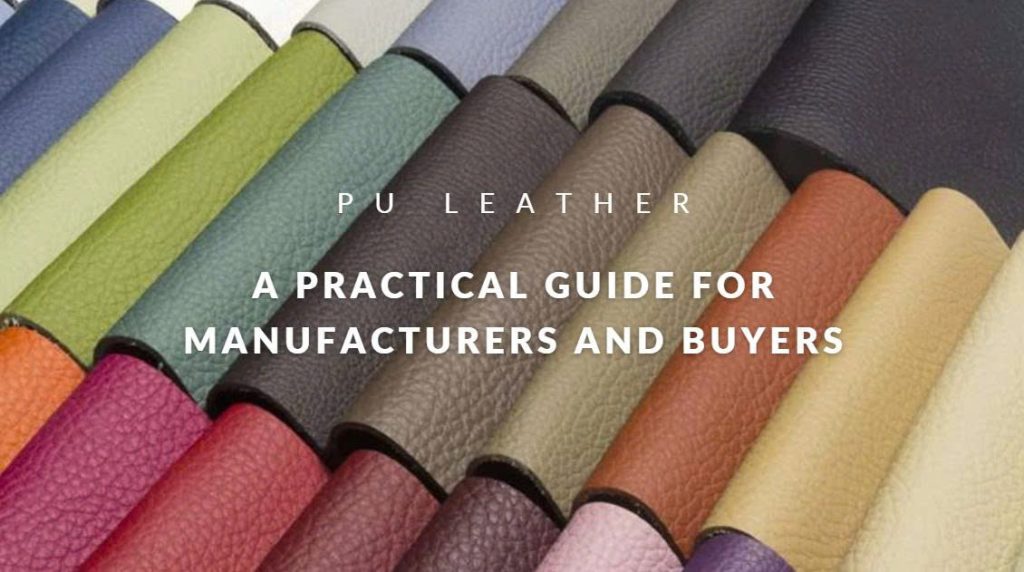Blog
PU Leather: A Practical Guide for Manufacturers and Buyers
PU leather, short for polyurethane leather, has become increasingly popular in fashion, bag production, and upholstery. Valued for its affordability and versatility, this synthetic material serves as an attractive alternative to genuine leather.
Whether you’re a bag manufacturer sourcing materials or someone exploring leather substitutes, understanding PU leather will help you make better decisions. This guide covers what PU leather is, how it’s made, its benefits and drawbacks, and where it’s commonly used. It also compares PU leather with real leather and provides care tips to keep it looking new.
What is PU Leather?
PU leather is a man-made material engineered to replicate the appearance and feel of natural leather without using animal hides. It is typically created by coating a fabric base—such as cotton or polyester—with a polyurethane layer. In some cases, split leather (a by-product of animal hides) is used as the foundation.
This polyurethane coating gives PU leather its smooth, shiny finish, making it visually similar to genuine leather. Produced through industrial processes, PU leather is cost-effective and widely used across industries, providing a leather-like look at a lower price.
Key Characteristics of PU Leather
How PU Leather is Made
The manufacturing process involves several stages:
This process consumes fewer natural resources compared to tanning animal hides, making PU leather somewhat less harmful to the environment than traditional leather.
Pros and Cons of PU Leather
Advantages:
Disadvantages:
Applications of PU Leather
Thanks to its versatility, PU leather is widely used in:
PU Leather vs. Genuine Leather
Durability:
- PU leather is sturdy but can’t match the decades-long lifespan of well-maintained genuine leather.
Cost:
- PU leather is far cheaper, making it ideal for mass-market products.
Appearance:
- While PU looks sleek, it lacks the natural patina and texture of real leather.
Environmental Impact:
- PU uses fewer resources than animal leather but is non-biodegradable. Genuine leather, however, involves intensive tanning processes that produce significant waste.
PU Leather vs. Other Materials
Compared to PVC leather, PU leather is softer, more breathable, and easier to handle. While not as durable as PVC, it offers better comfort for clothing and accessories. When compared to natural leather, PU leather is easier to maintain and significantly cheaper but lacks the natural beauty and aging quality of authentic hides.
Environmental Considerations
PU leather is made from plastic-based materials, which means it isn’t biodegradable. The production process can release harmful chemicals, raising sustainability concerns. However, some manufacturers now use recycled materials and cleaner production techniques to reduce environmental harm.
How to Care for PU Leather
To extend the life of PU leather products:
Should You Choose PU Leather?
For businesses and buyers seeking a budget-friendly, stylish, and animal-free option, PU leather is an excellent choice. While it lacks the longevity and premium feel of real leather, its affordability and wide design possibilities make it highly appealing for fashion and accessory products.

